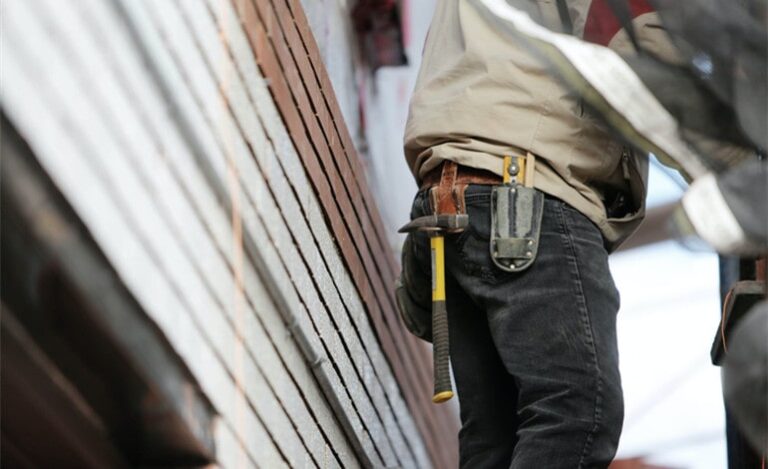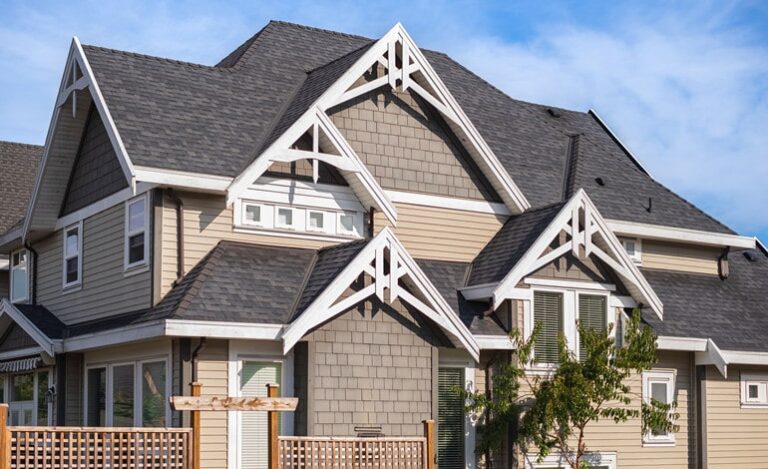Most homeowners know that they should waterproof their homes, but many don’t know how to do it properly. This guide will teach you everything you need to know about the process, from preparing your home to applying the sealant. Waterproofing your home is an important step in protecting it from damage, and it’s something that should be done regularly to ensure its longevity.
1) Prepare your home first
Before you start waterproofing your home, you need to prepare it. This includes repairing any cracks or holes in the foundation, as well as making sure that all of the gutters and downspouts are clear. Once your home is prepared, you can start applying the sealant. There are a variety of sealants on the market, so it’s important to choose one that is right for your home. Make sure to follow the instructions on the product label, as an improper application can result in poor results.
For example, if you’re using a waterproofing sealant that requires mixing, be sure to follow the instructions carefully. The wrong ratio of water to sealant can make the mixture ineffective.
On the other hand, if you’re using a pre-mixed sealant, be sure to apply it evenly to all surfaces. Once the sealant is applied, you need to allow it to dry completely before moving on to the next step.
2) Monitor it
Once the sealant has been applied, it’s important to monitor it regularly. This means checking for cracks or holes and re-sealing them as necessary. It’s also important to keep an eye on the gutters and downspouts, as clogs can cause water to back up and seep into your home. When it happens, it can damage the sealant and cause it to fail.
When waterproofing your home, it’s important to also protect the basement. This can be done by installing a drainage system in the basement and checking out basement waterproofing costs before you start working. Additionally, make sure to keep an eye on the basement for any signs of water damage, such as mold or mildew.
Waterproofing your home is an important step in protecting it from damage, but it’s only one part of the equation. You also need to take steps to prevent water from entering your home in the first place. This includes clearing gutters and downspouts, as well as repairing any cracks or holes in the foundation.
3) Clean your gutters and downspouts
Your gutters and downspouts play an important role in waterproofing your home. They are designed to collect water and direct it away from your home, which helps to keep the foundation dry. However, they can only do their job if they are clean and clear. That’s why it’s important to clean them out regularly, especially after a storm.
If you don’t have the time or inclination to clean your gutters and downspouts yourself, you can hire a professional to do it for you. Just be sure to ask about their experience and credentials before hiring them.
4) Repair any cracks or holes
Even the smallest crack or hole in your foundation can allow water to enter your home. That’s why it’s important to repair them as soon as you notice them. The best way to do this is to use a patching compound, which can be purchased at most hardware stores.
Simply apply the compound to the crack or hole and smooth it out with a putty knife. Once it dries, it will create a waterproof seal that will prevent water from getting into your home.
A pro tip: If you’re repairing a large crack or hole, you may want to use a piece of mesh to reinforce the patch. This will help to prevent the patch from cracking or breaking over time. To apply a mesh patch, simply apply the patching compound over the hole and then place the mesh on top. Once it dries, you can apply another layer of patching compound to secure it in place.
5) Check for leaks regularly
Even if you’ve taken all of the necessary steps to waterproof your home, it’s still important to check for leaks on a regular basis. This is especially true during the rainy season. If you notice any leaks, be sure to repair them as soon as possible.
To check your entire home for leaks, you can hire a professional leak detection company. They will use special equipment to locate any hidden leaks in your home.
Additionally, it’s a good idea to check for leaks yourself on a regular basis. To do this, simply walk around your home and look for any signs of water damage, such as peeling paint or warped floors.
6) Inspect your basement regularly
If you have a basement, it’s important to inspect it regularly for any signs of water damage. This includes mold, mildew, and dampness. If you notice any of these signs, it’s important to take action immediately.
The best way to prevent water damage in your basement is to install a drainage system. This will help to collect water and direct it away from your home.
7) Consider a sump pump
If you live in an area with a high water table, you may want to consider installing a sump pump. This will help to pump water out of your basement and prevent it from flooding.
When choosing a sump pump, it’s important to select one that is powerful enough to handle the amount of water you expect to be pumped. Additionally, you’ll need to make sure the pump is properly installed in order to prevent any leaks.
Waterproofing your home is an important step in protecting it from damage, but it’s only one part of the equation. You also need to take steps to prevent water from entering your home in the first place. This includes clearing gutters and downspouts, as well as repairing any cracks or holes in the foundation.
At the end of the day, the best way to waterproof your home is to be proactive and take the necessary steps to prevent water damage before it happens. Just keep in mind that even the most waterproof home can still be susceptible to leaks and flooding, so it’s important to check for signs of water damage on a regular basis.







